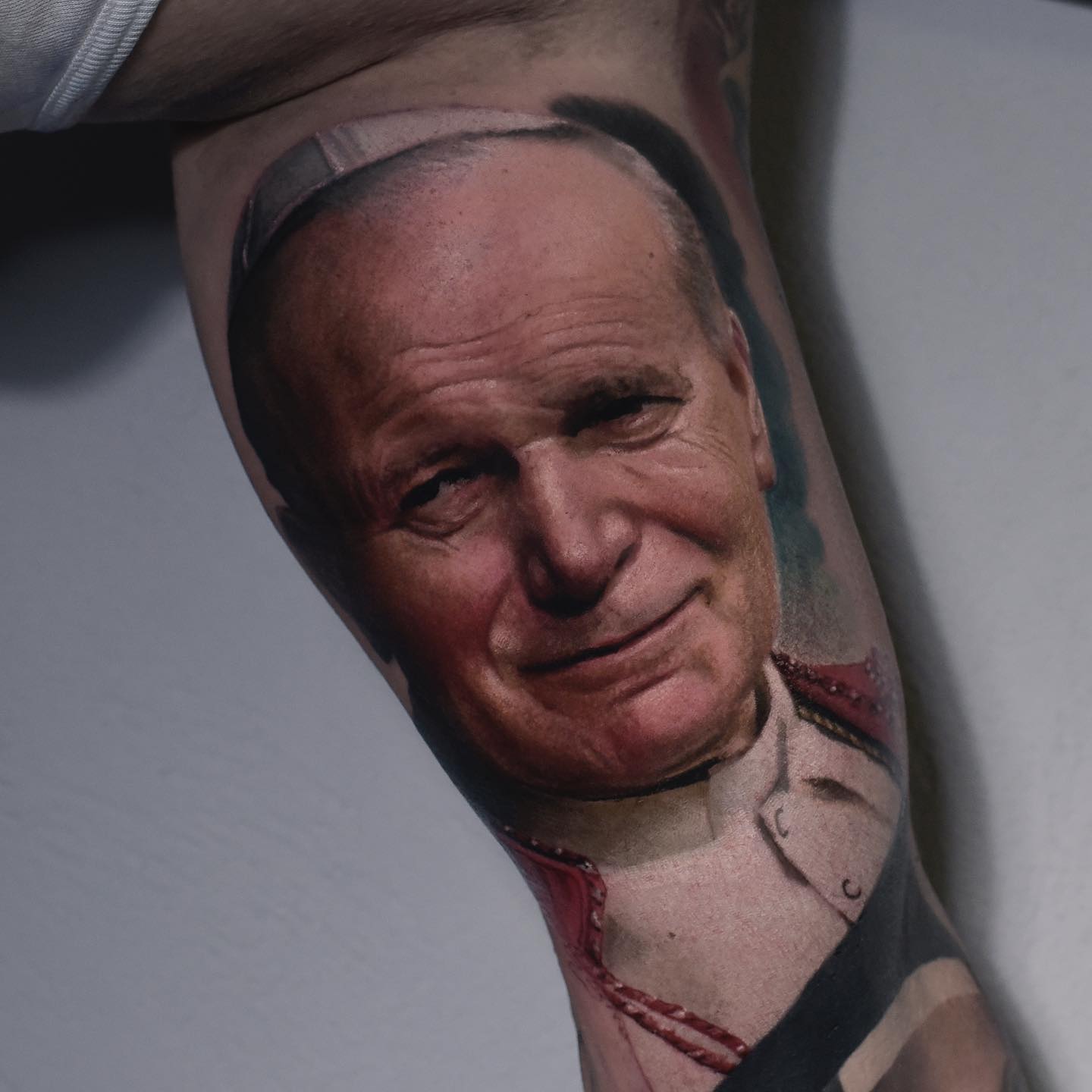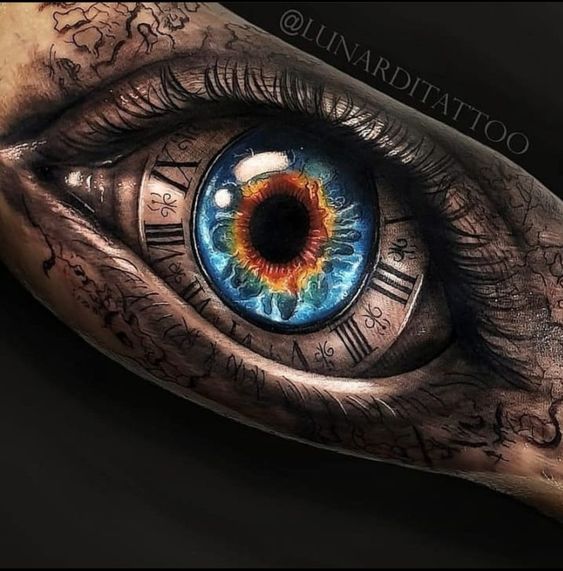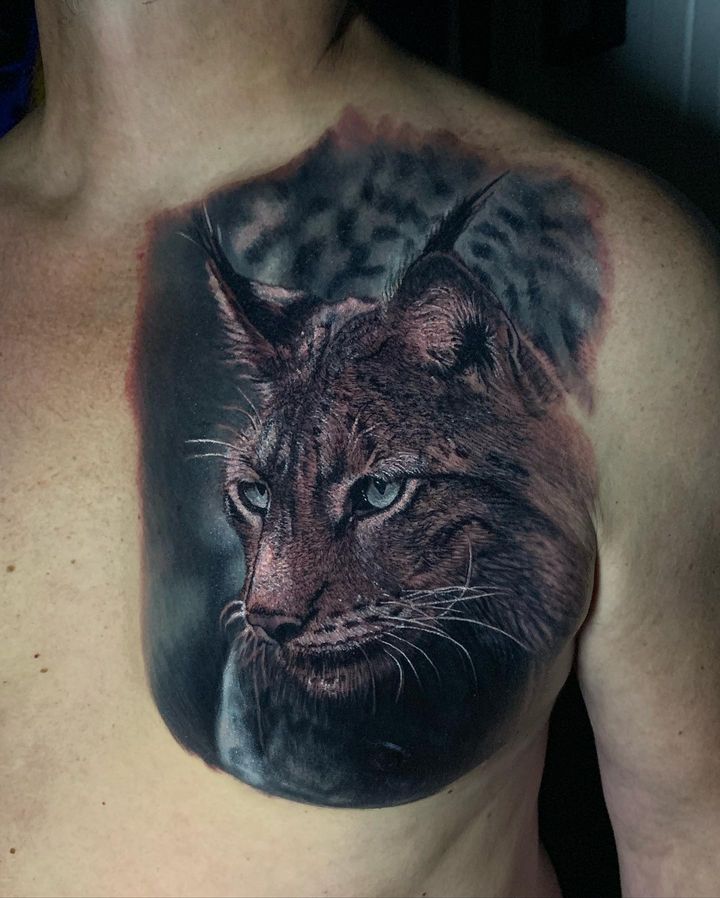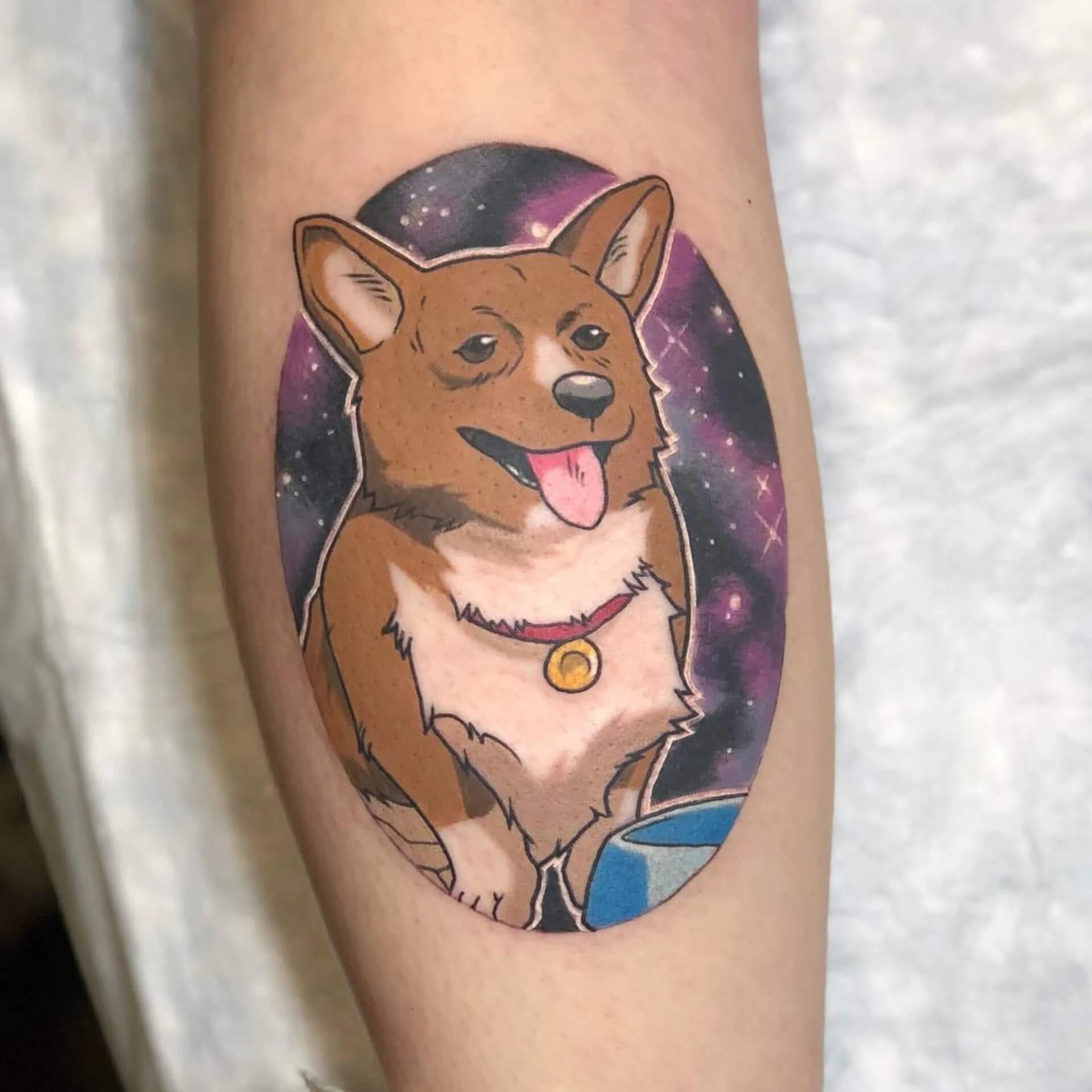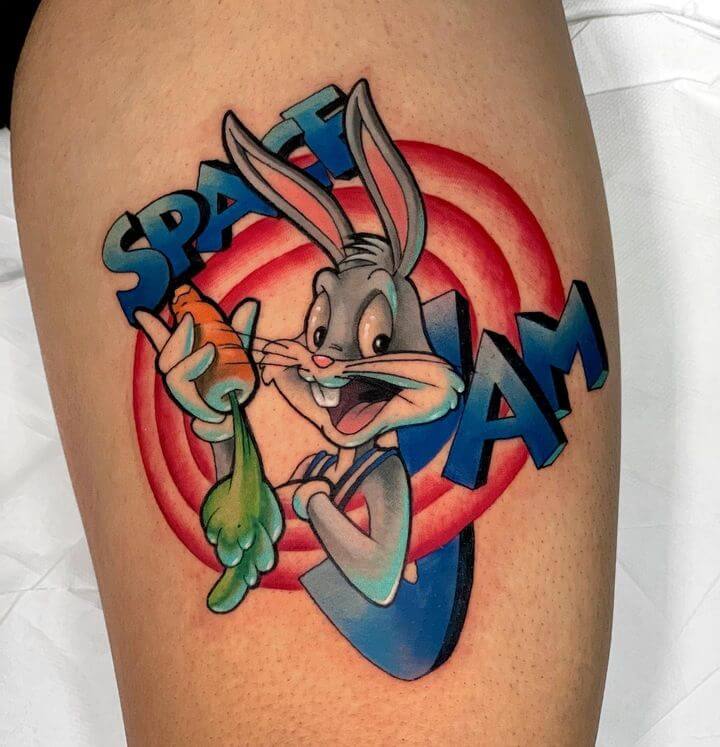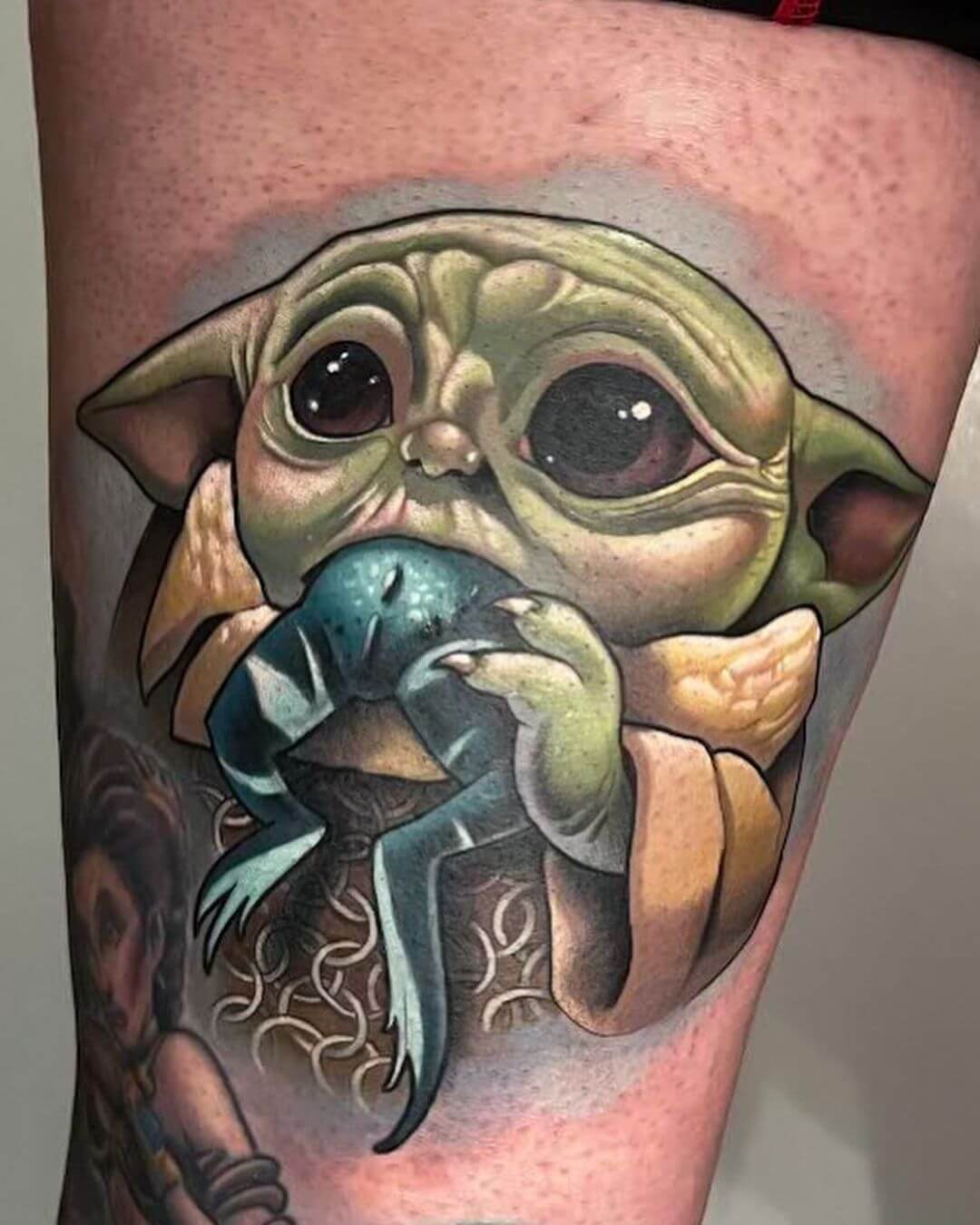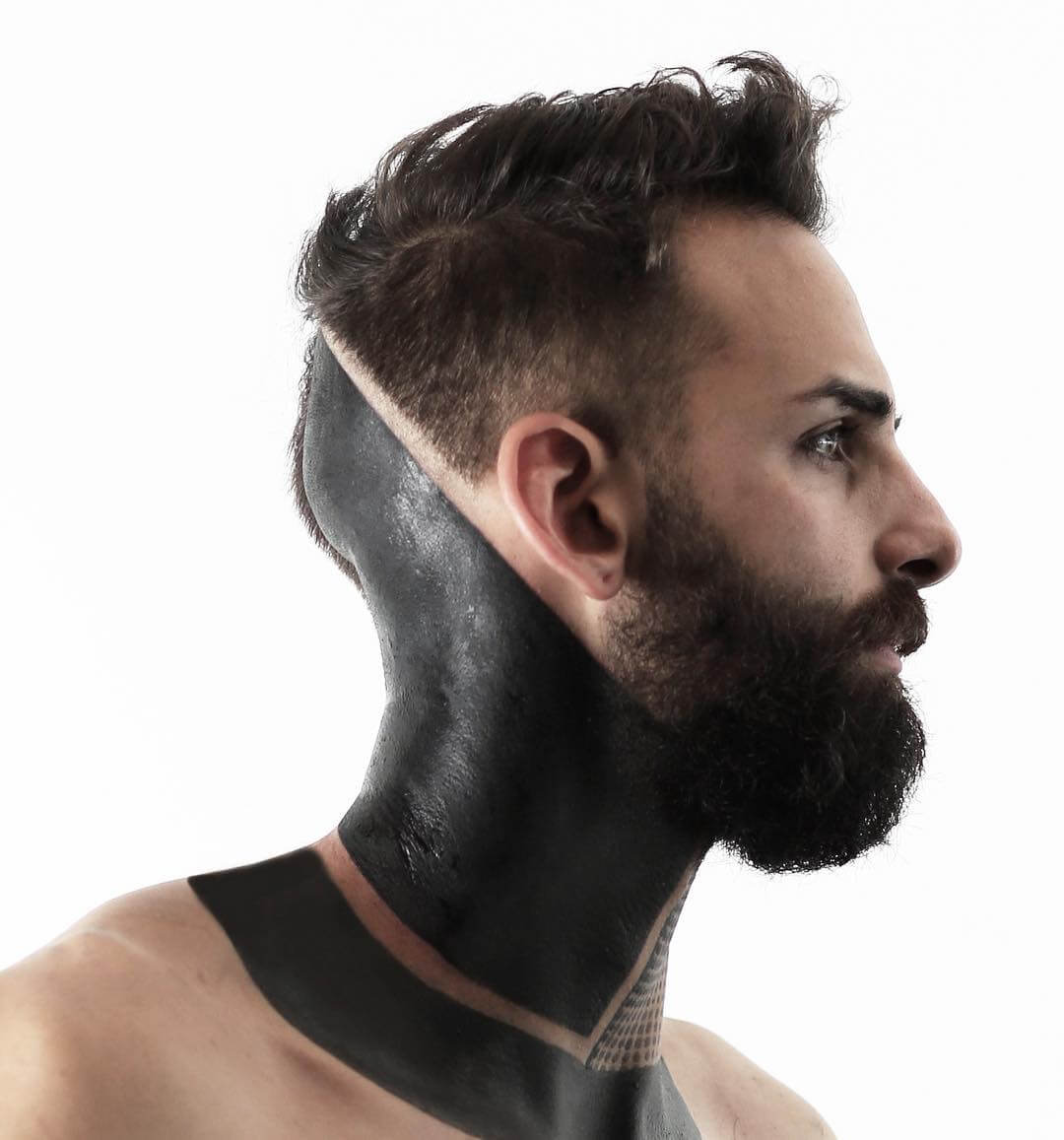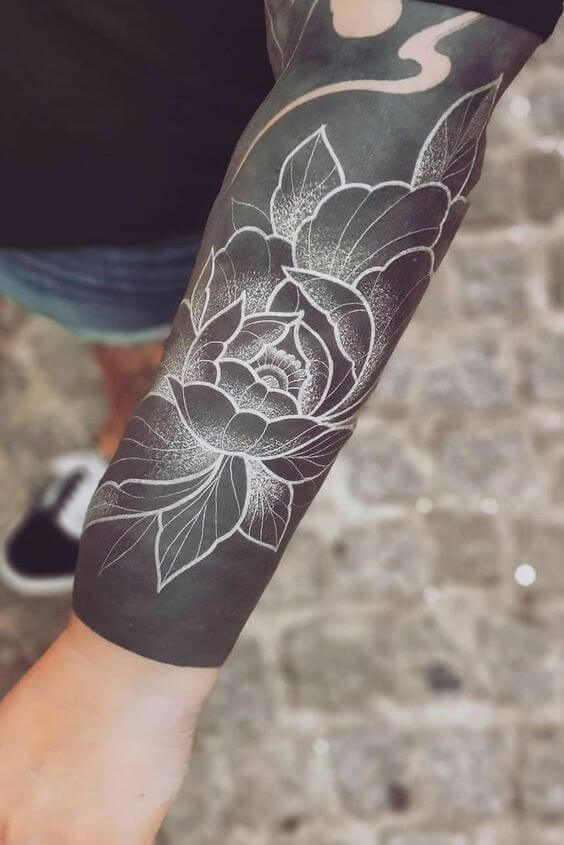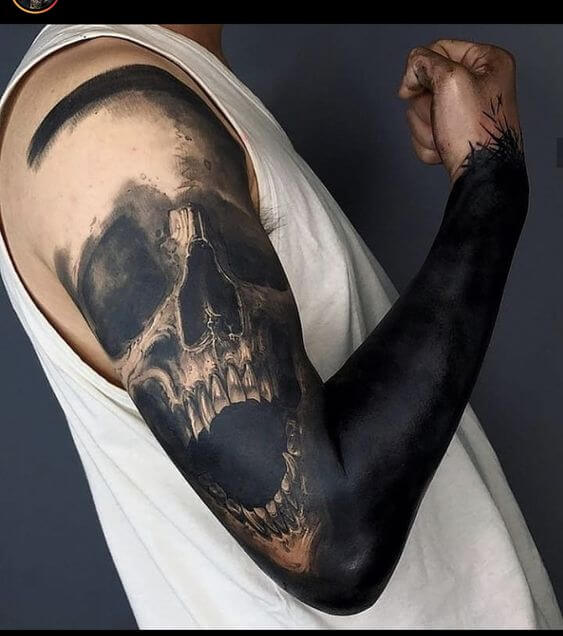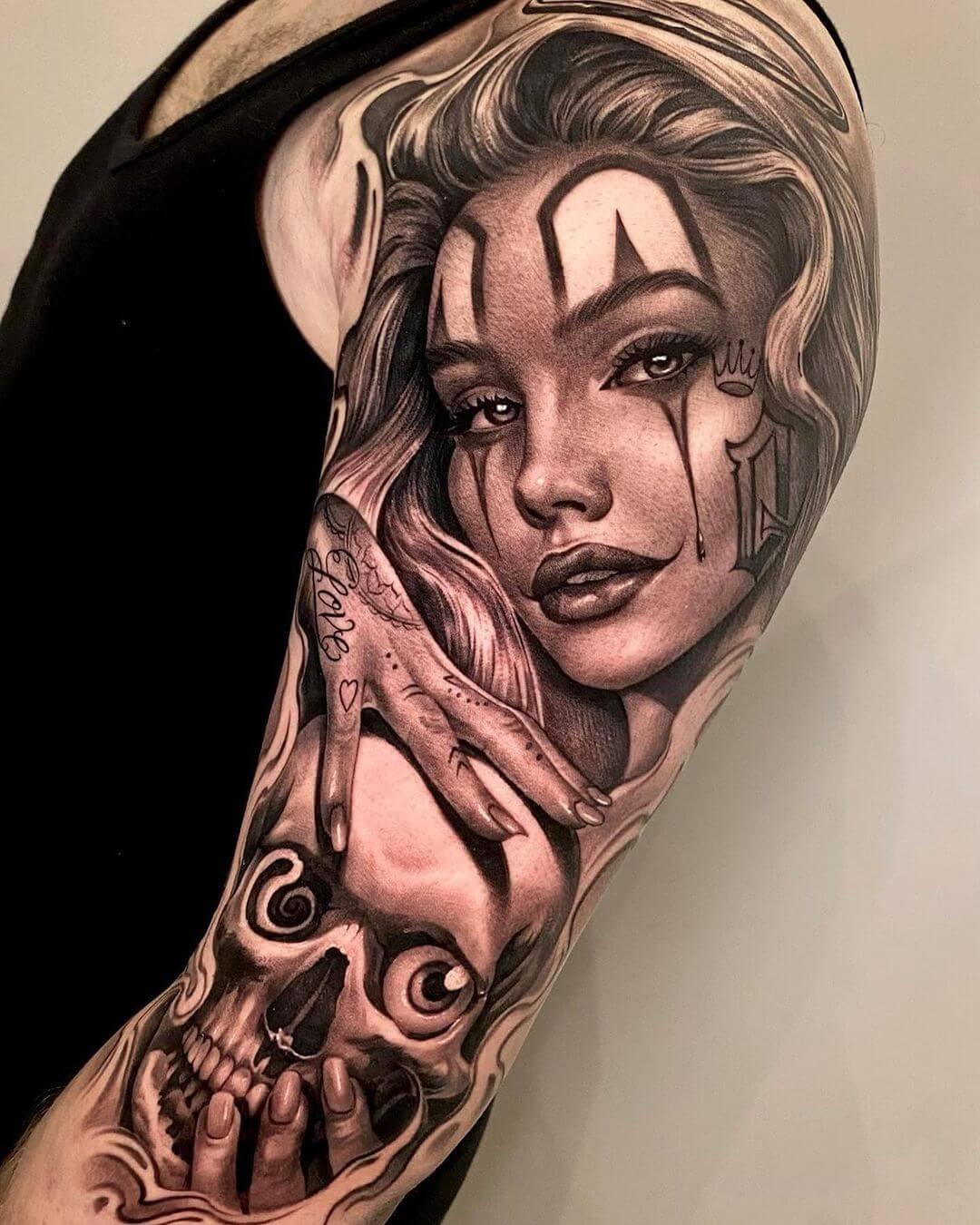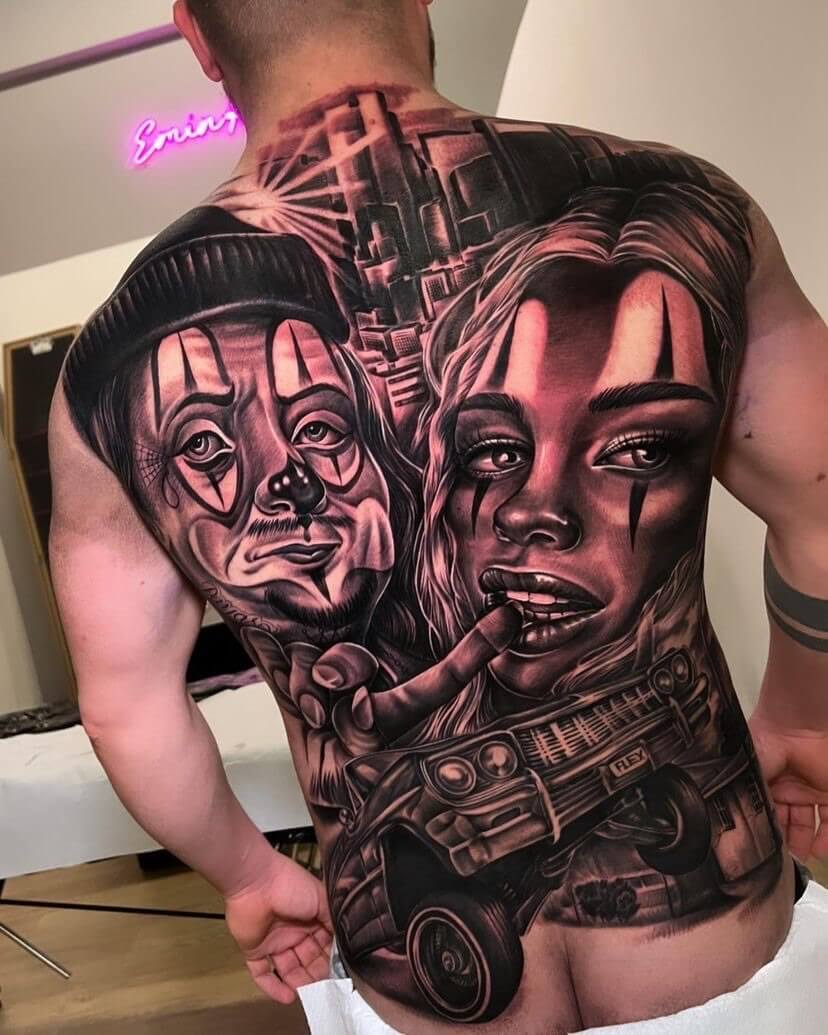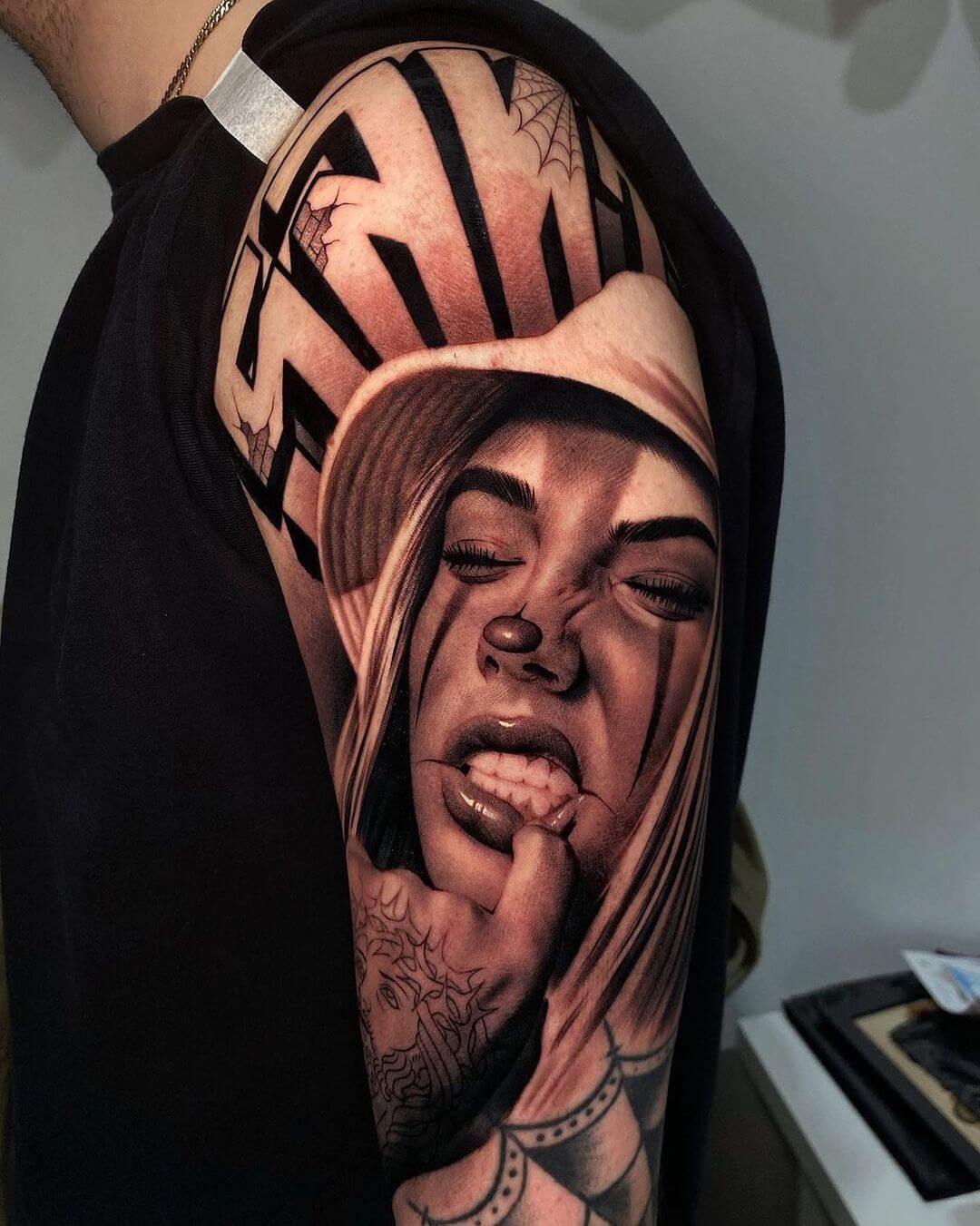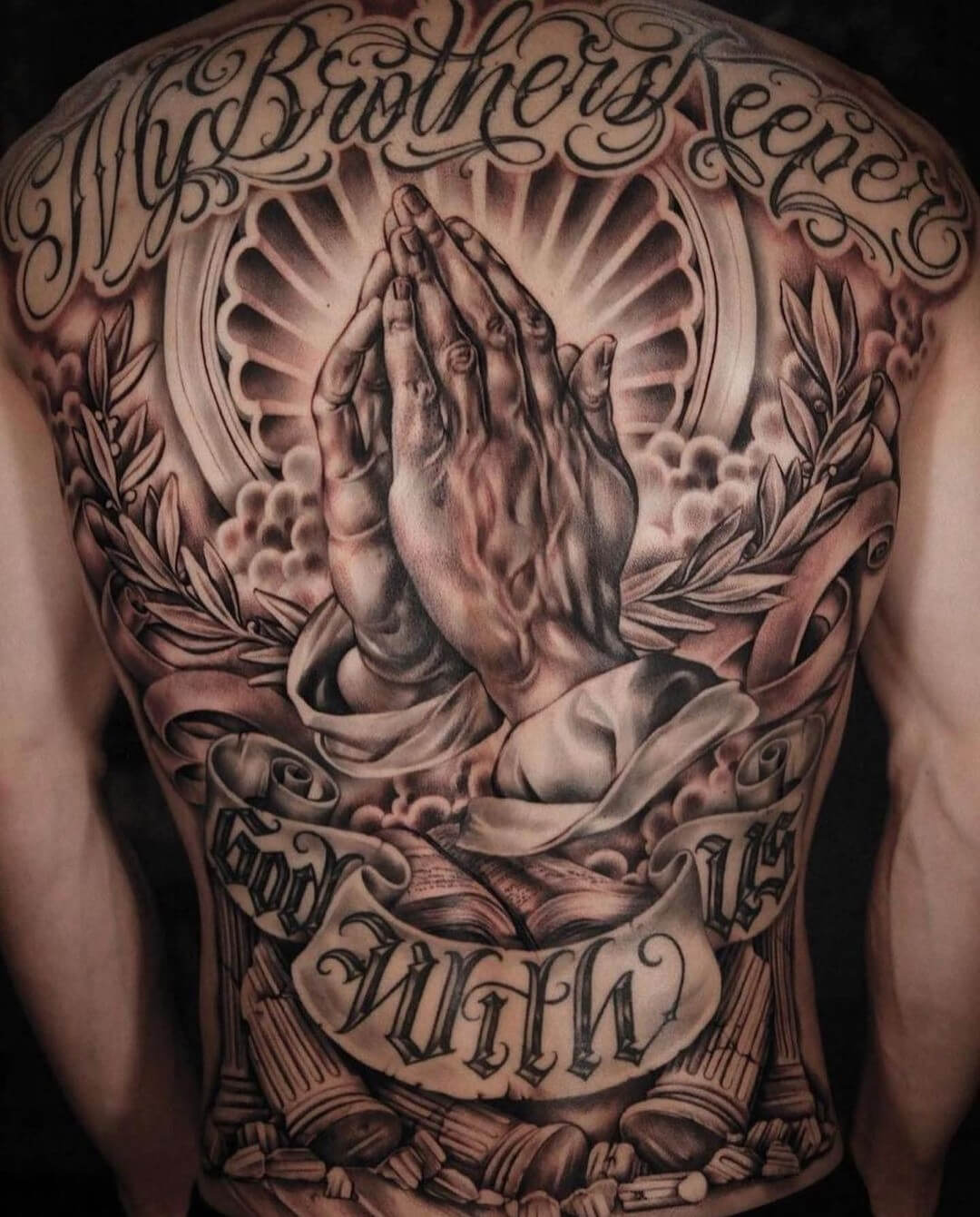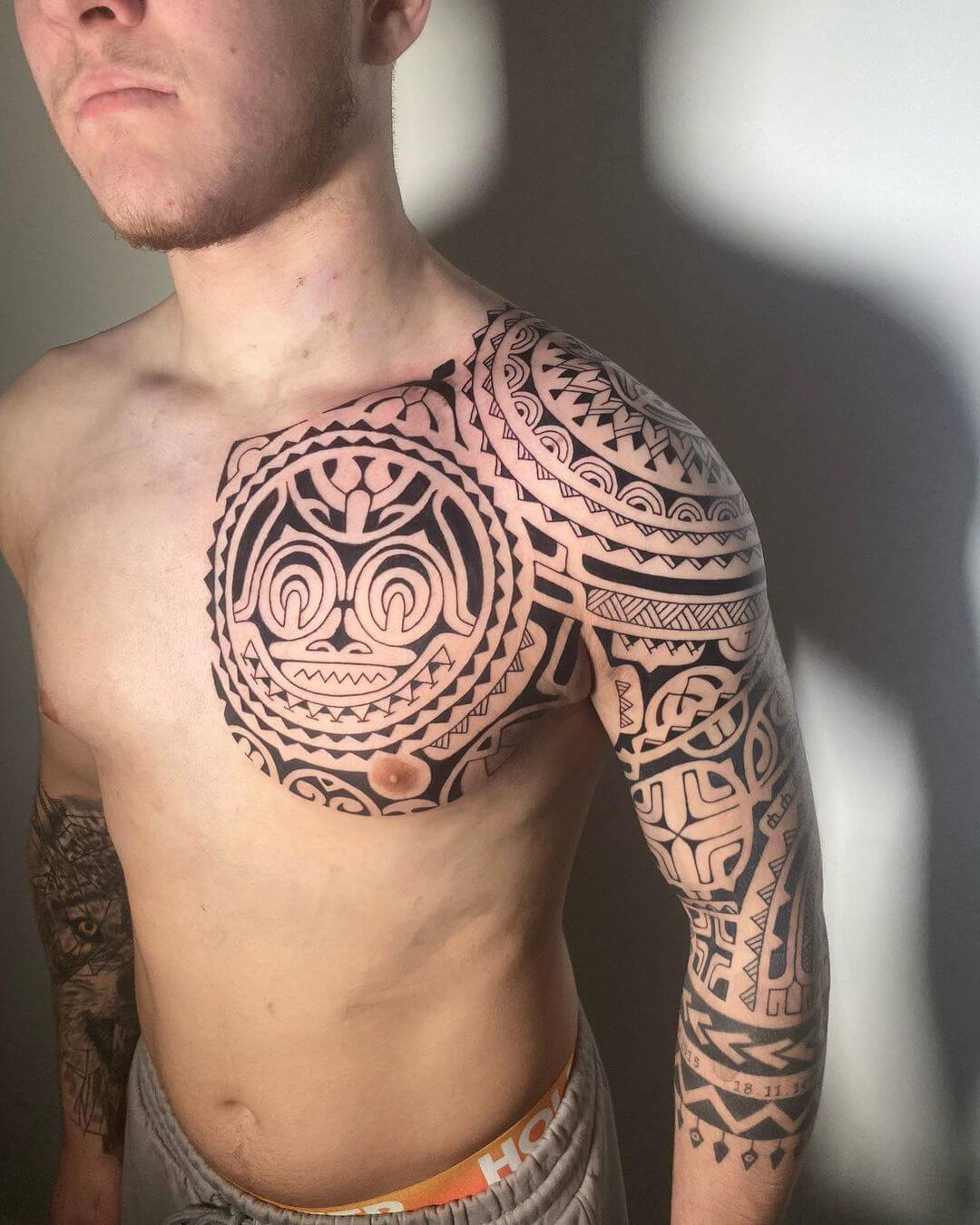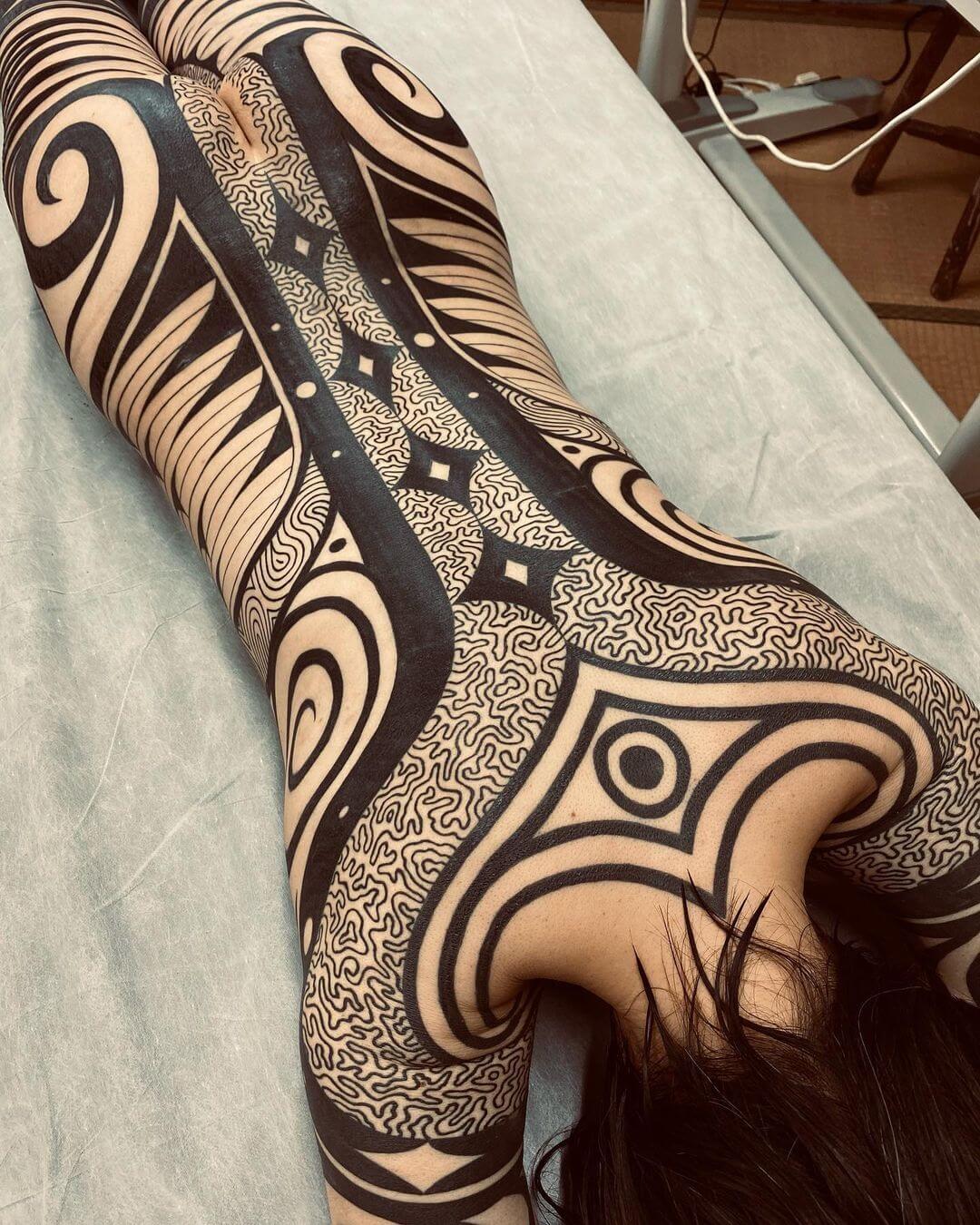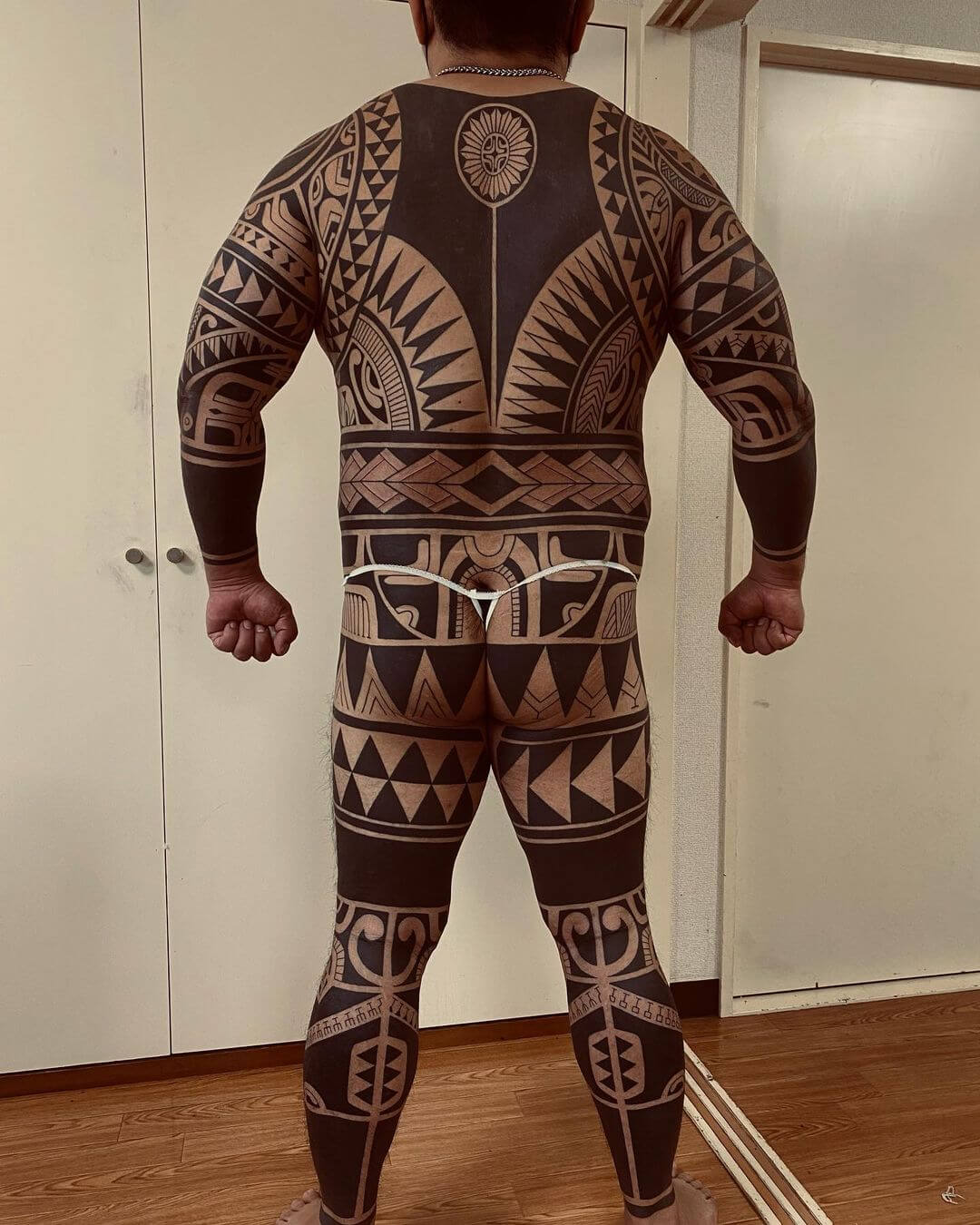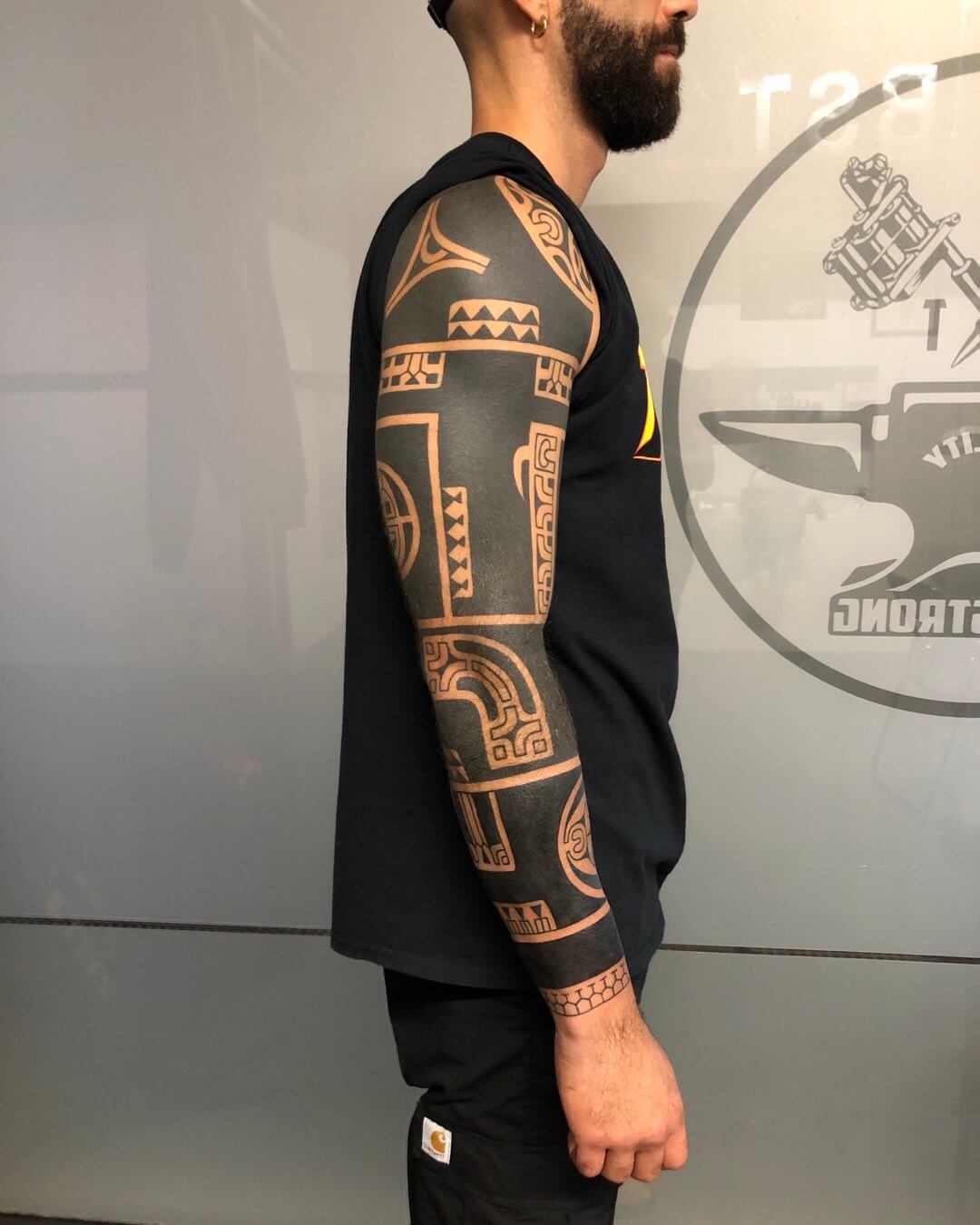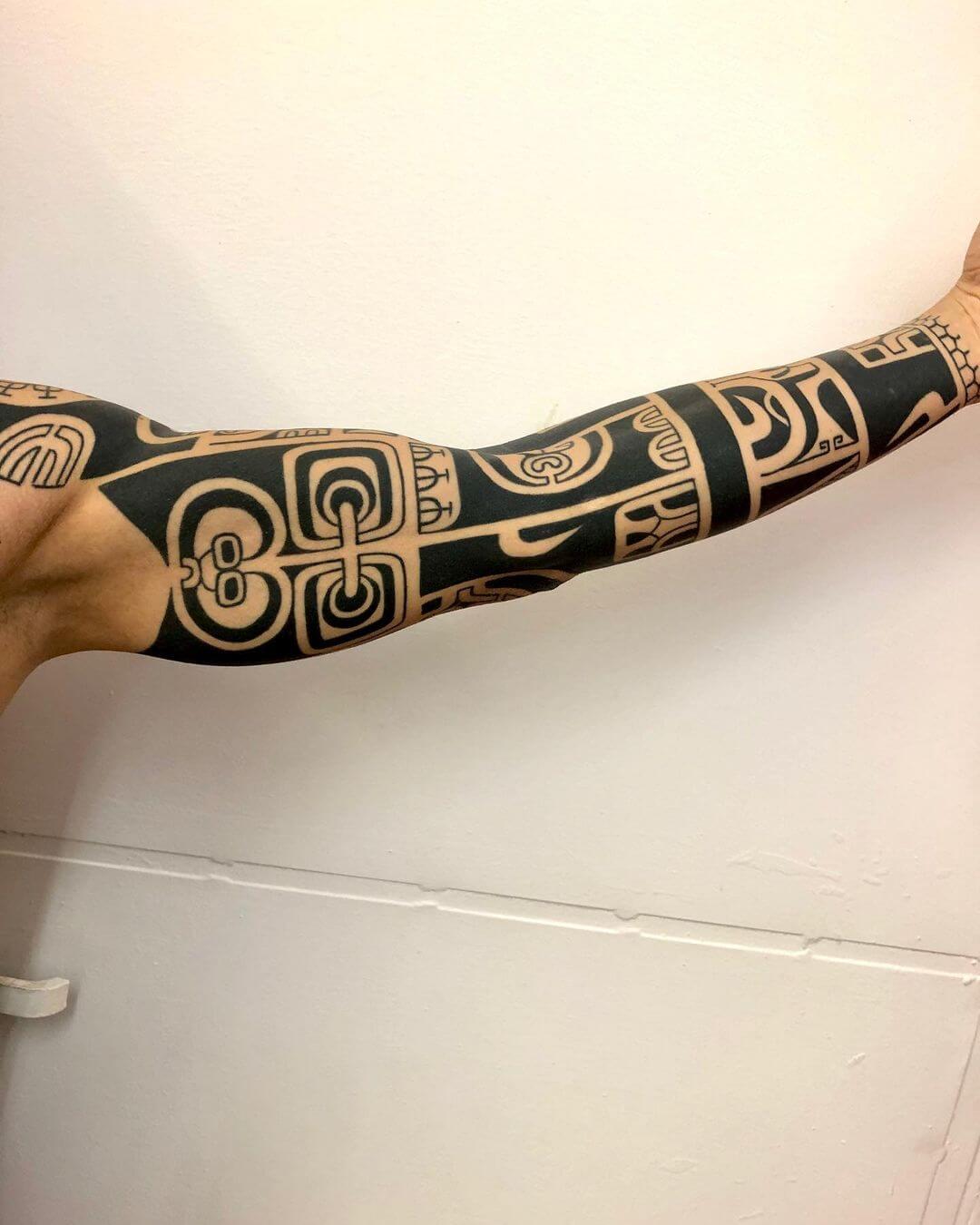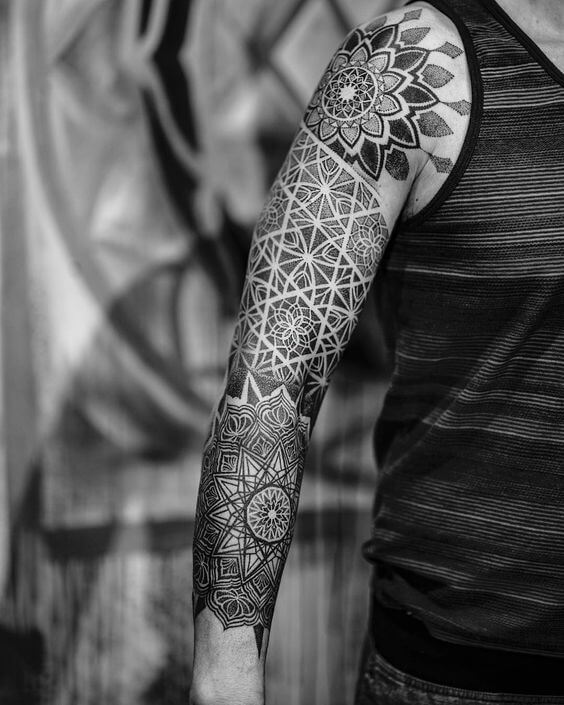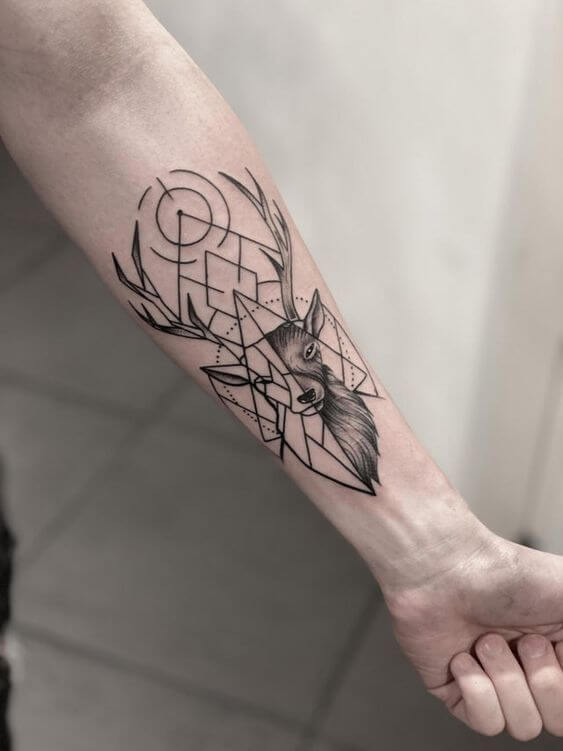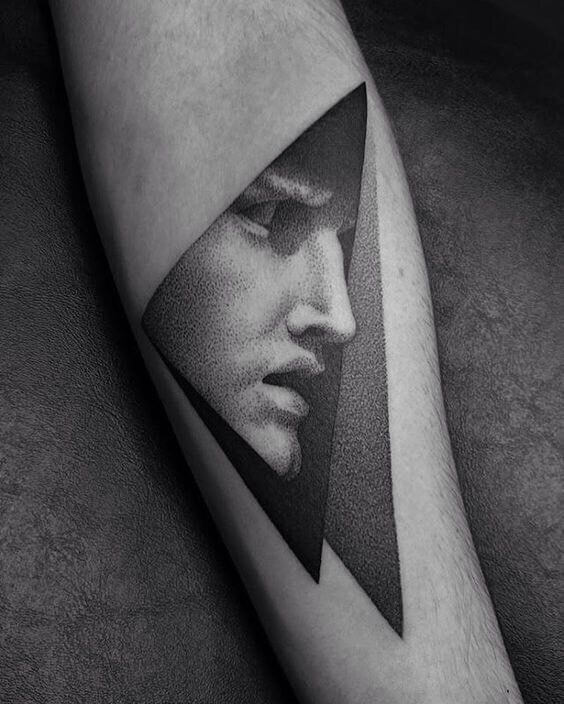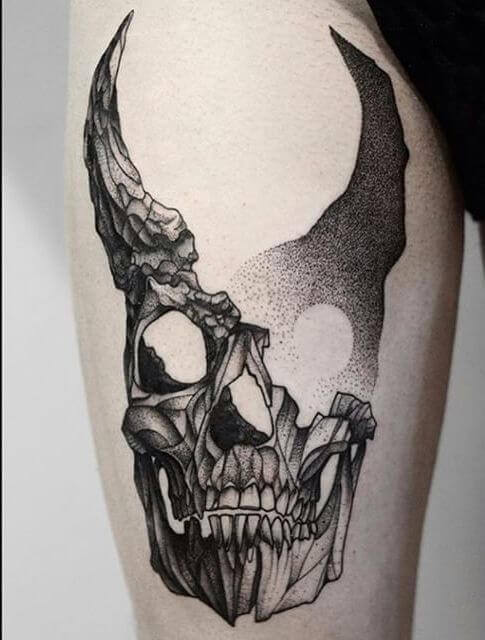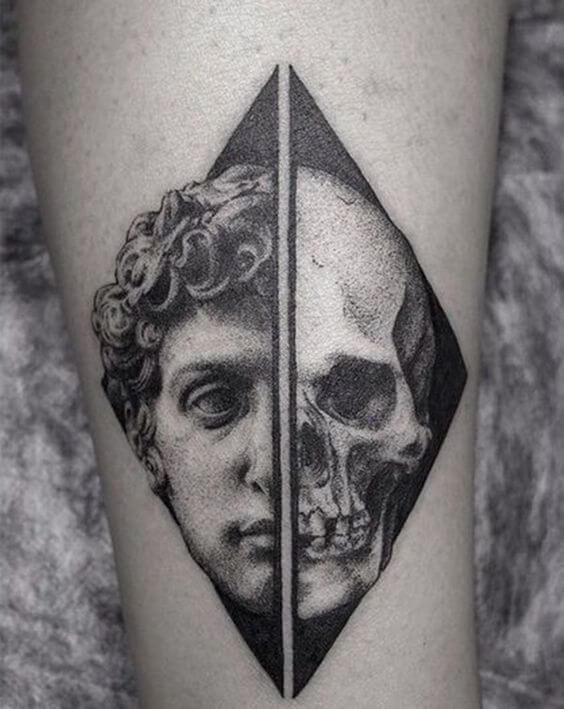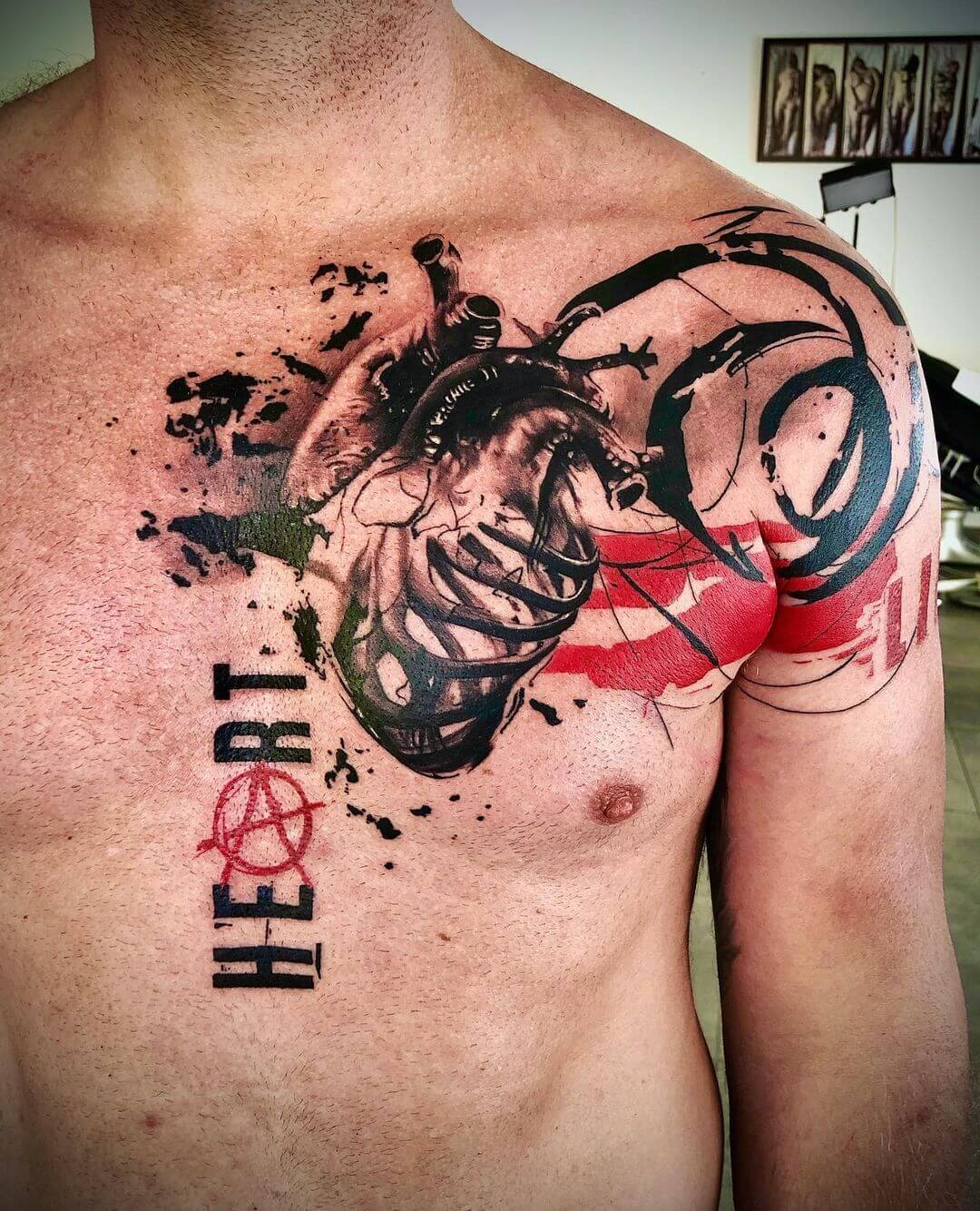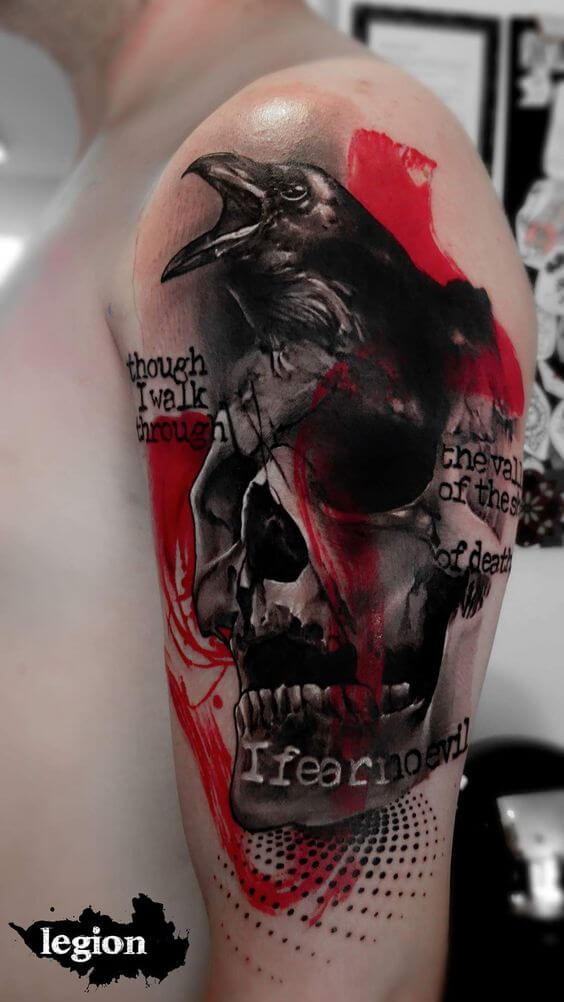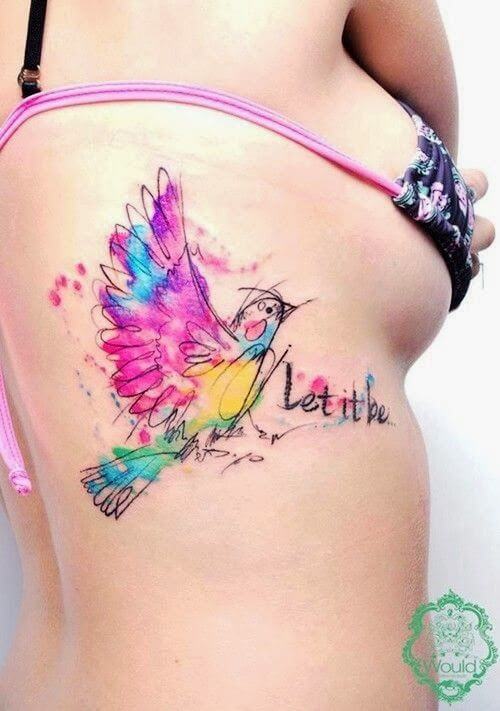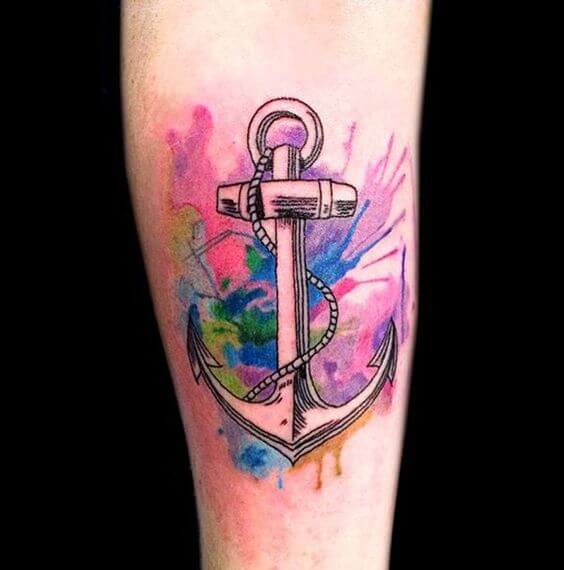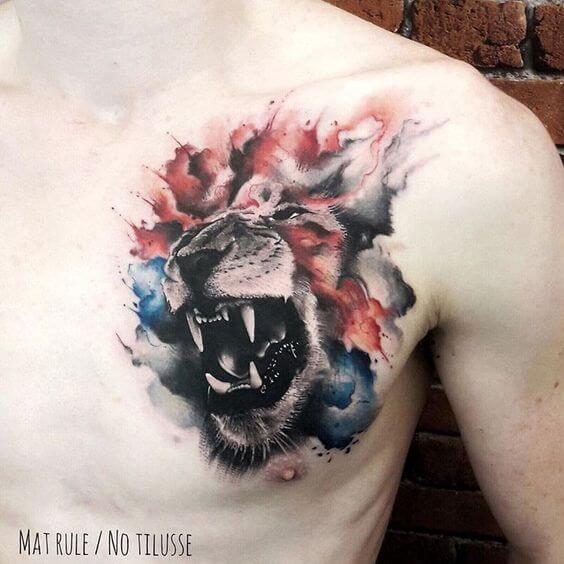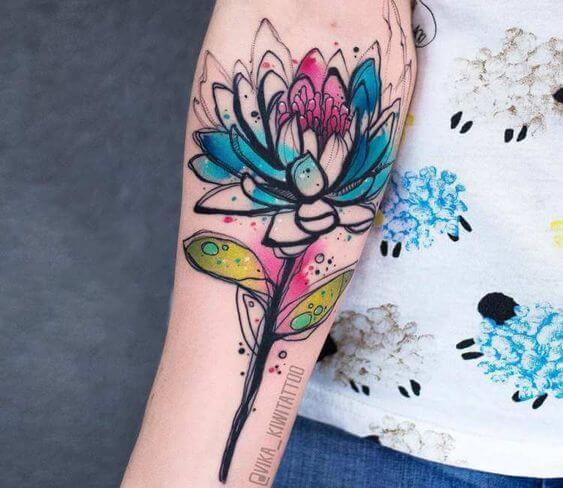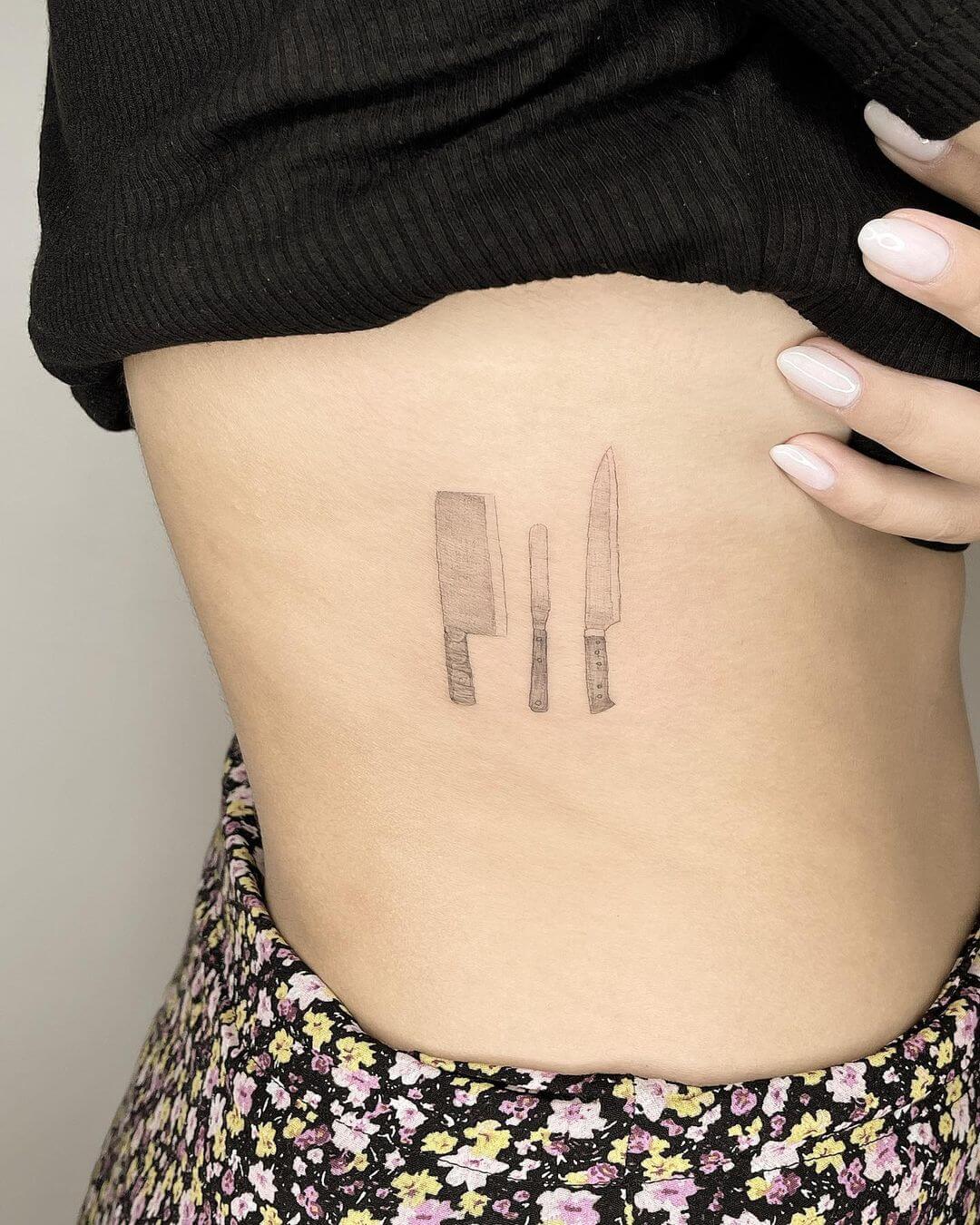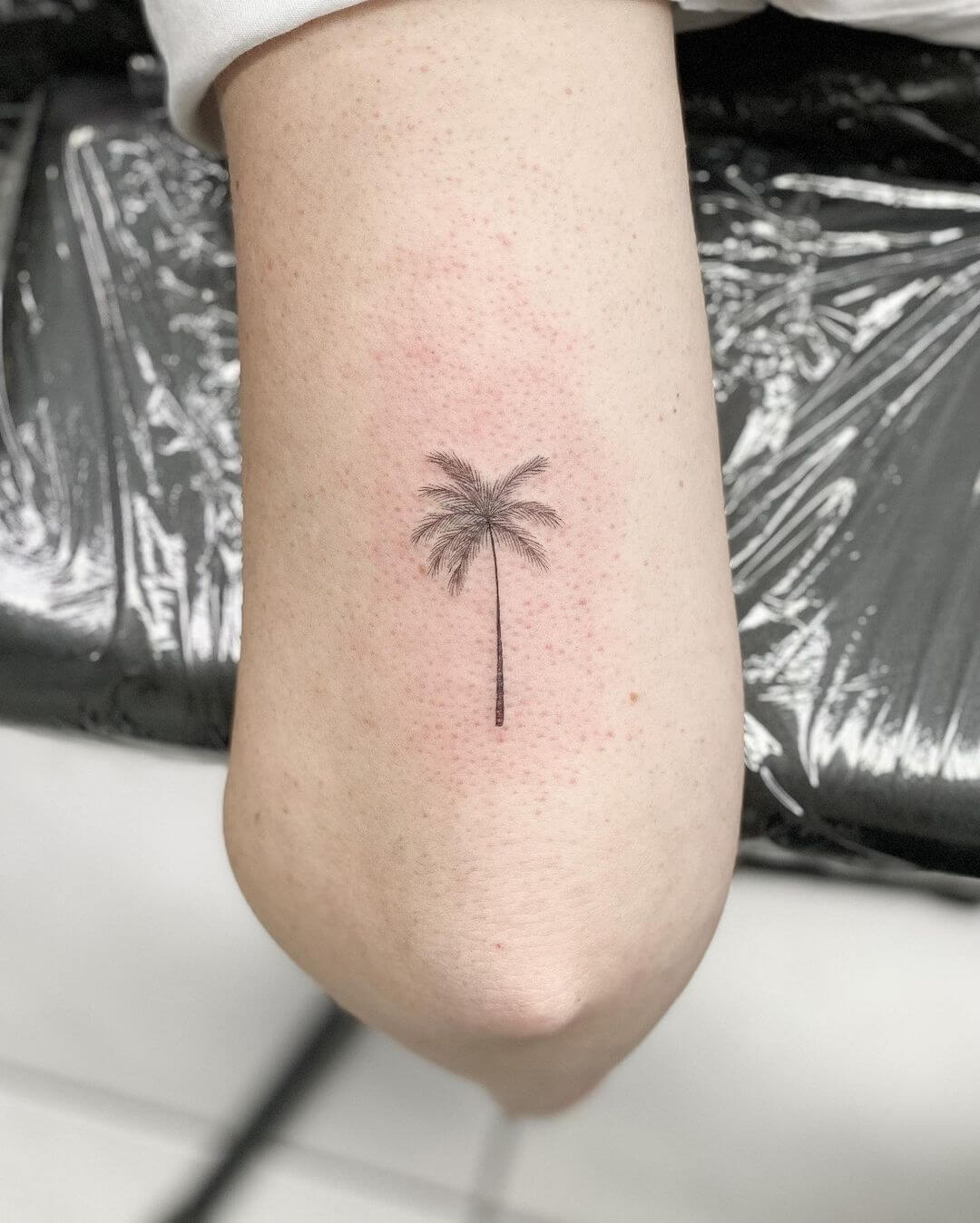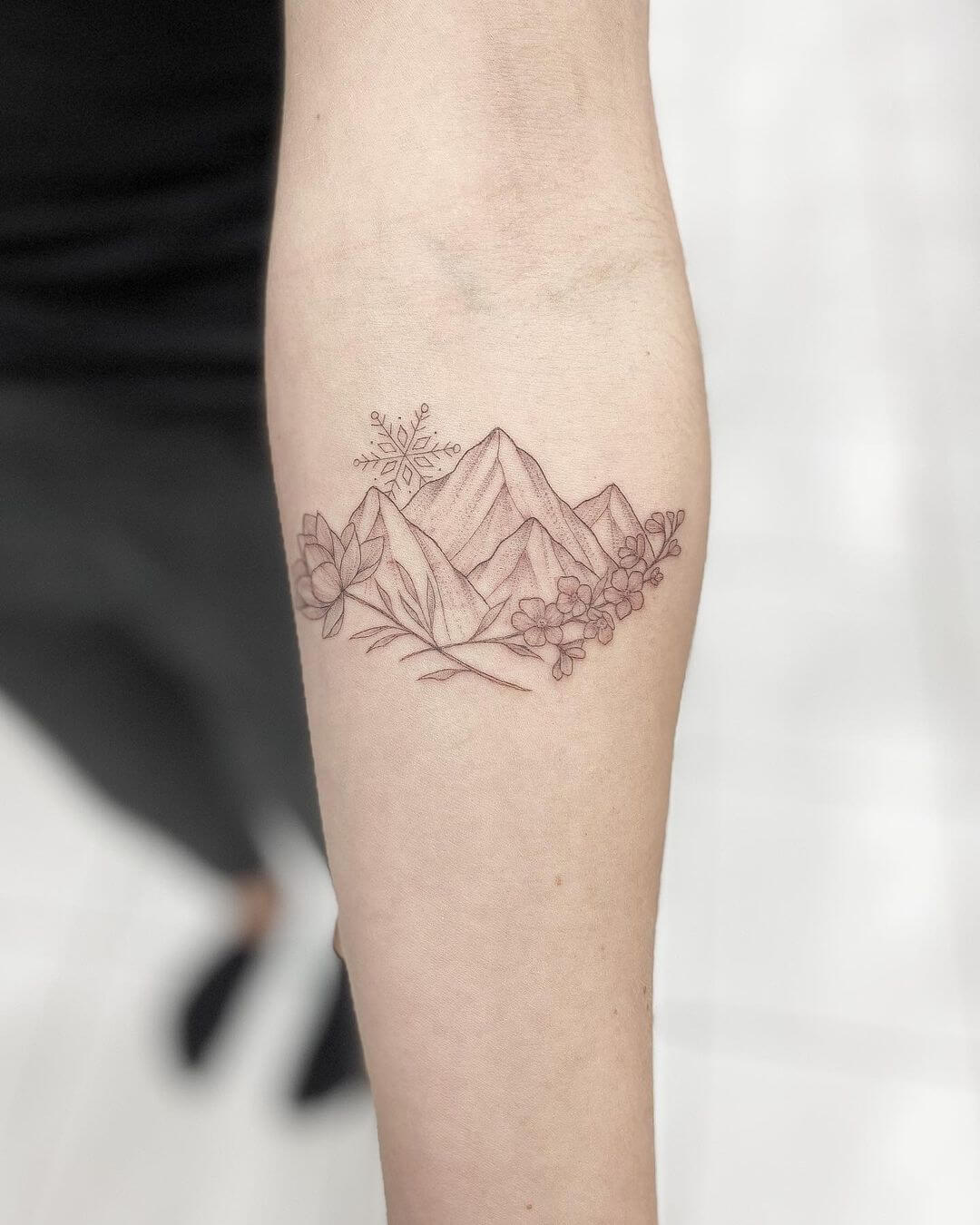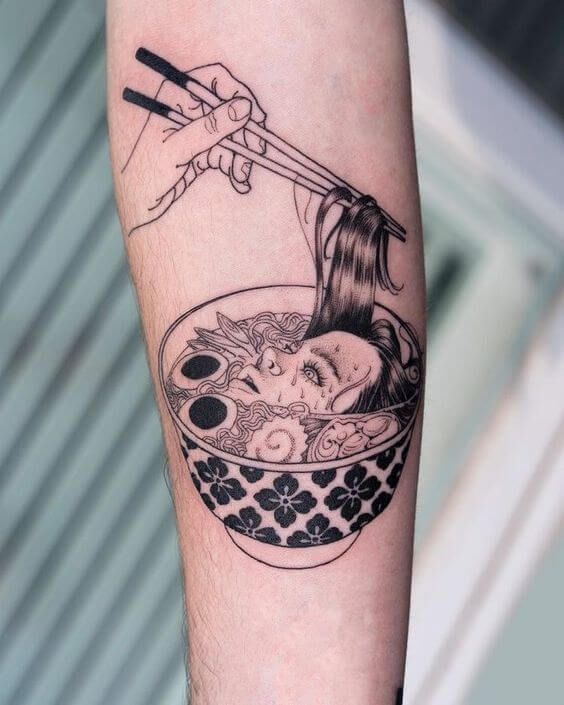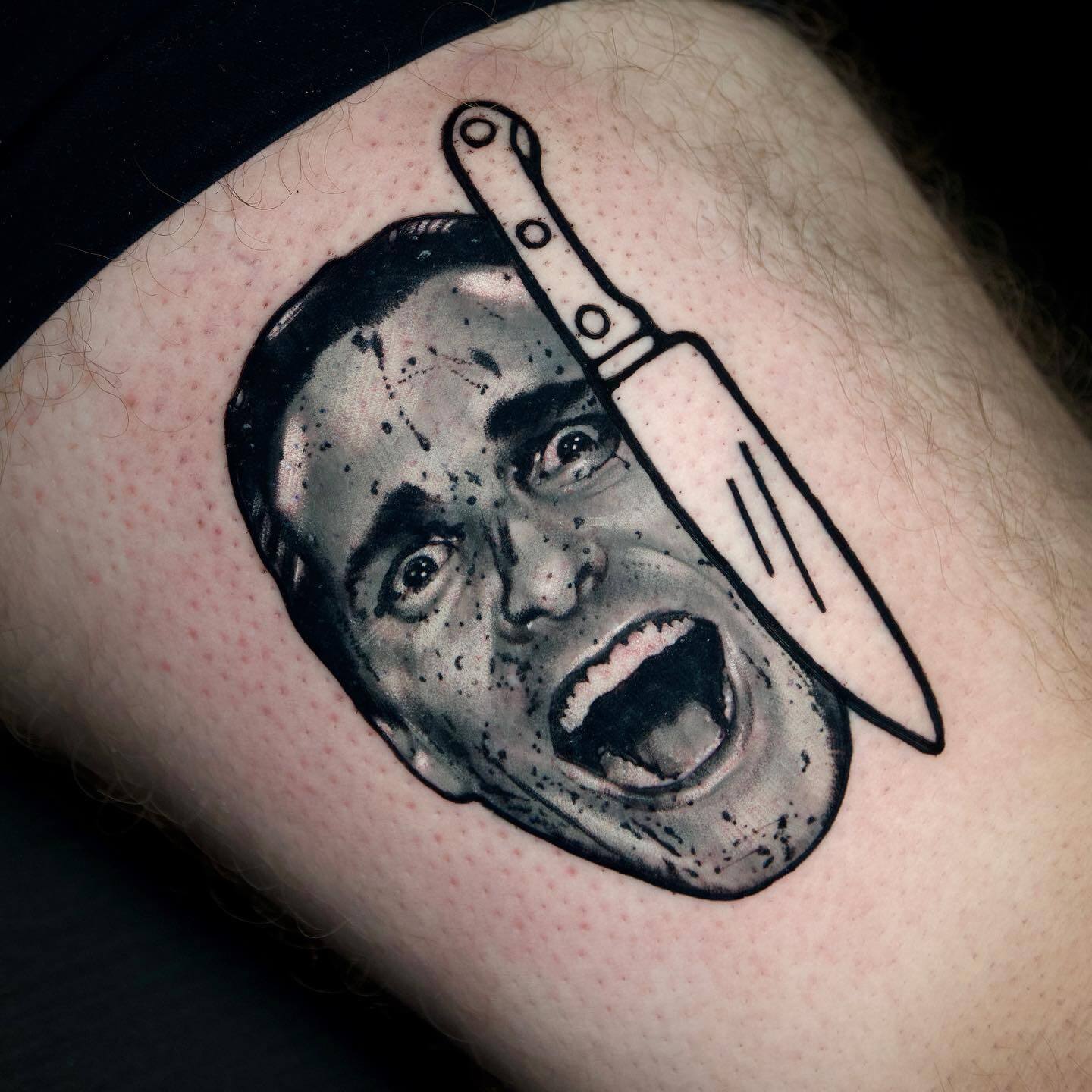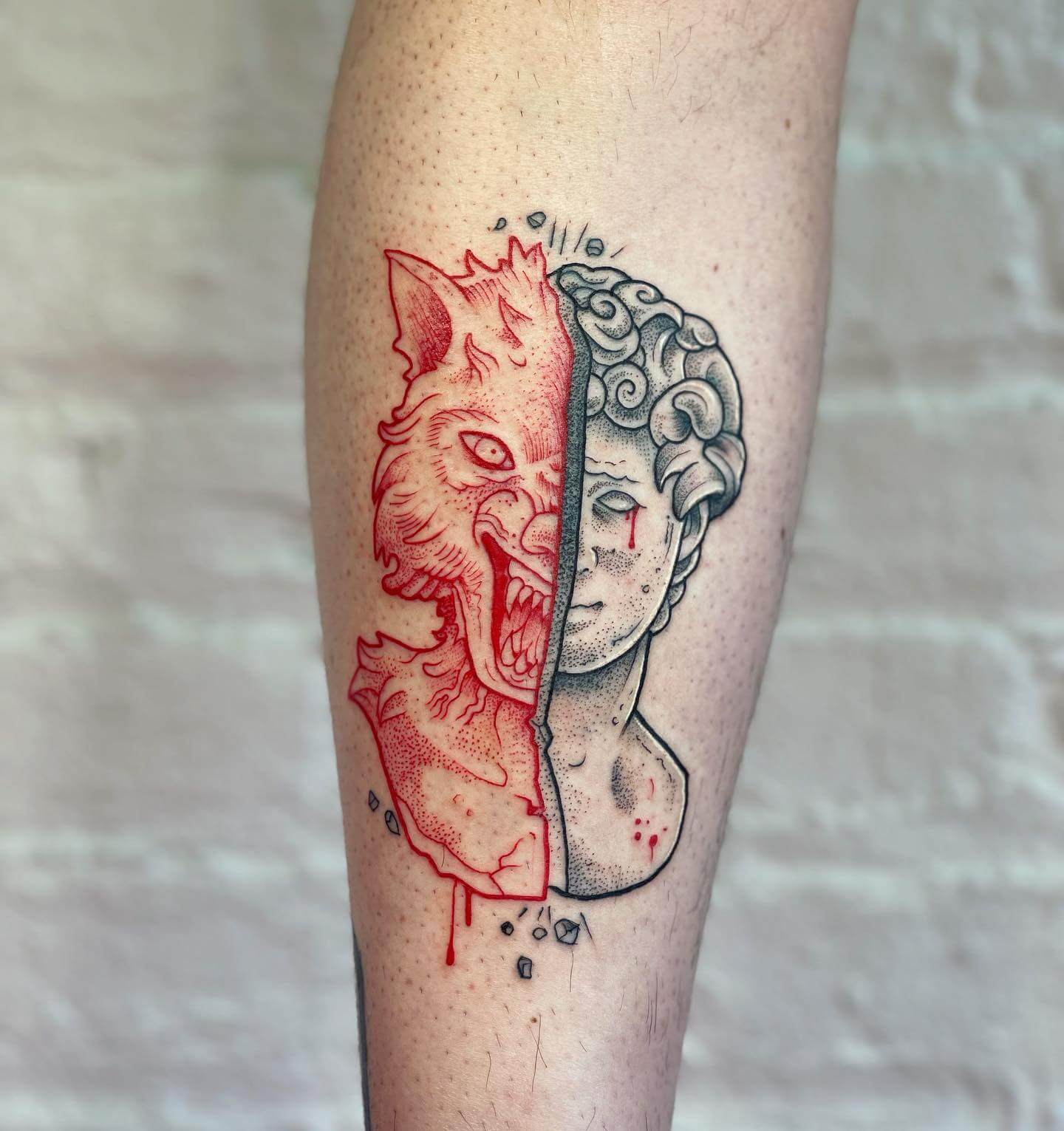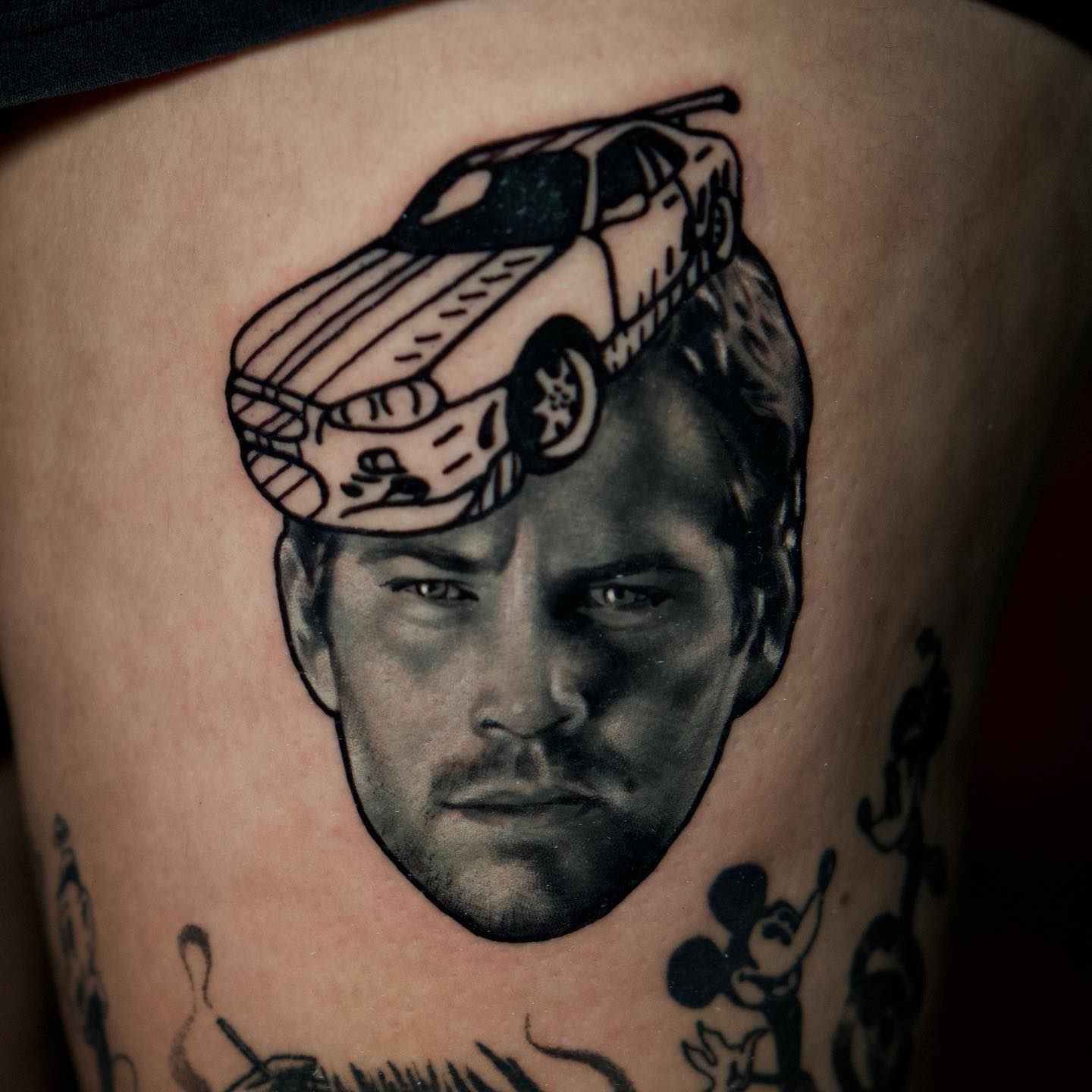The complete guide to different tattoo styles
Welcome to the ever-evolving universe of tattoo styles! Whether you’re a seasoned ink collector, an ink-slinging artist, or a fresh canvas about to take the plunge into body art, it’s essential to explore the incredible variety of tattoo styles that have emerged and evolved over the years. From traditional techniques rooted in cultural history to contemporary methods that challenge the limits of creativity, there’s a tattoo style for every taste and expression.
In this comprehensive guide, we’ll dive into the ink-saturated world of the most popular and timeless tattoo styles. Get ready to embark on a visual journey that will help you discover the perfect tattoo technique to suit your personality, taste, and unique story. Along the way, we’ll dive into some fascinating facts and the rich history behind these captivating art forms. So, roll up your sleeves and immerse yourself in the vibrant subculture of tattoos, where self-expression takes on a whole new level of artistry.
Did you know that tattoos have been a part of human culture for thousands of years? In fact, the oldest known tattoo dates back to Ötzi the Iceman, who lived around 5,300 years ago. His body was adorned with over 60 tattoos, crafted using soot and ash. While tattooing methods and styles have evolved dramatically since then, the desire to adorn our bodies with meaningful and captivating imagery remains a powerful form of self-expression.
Today, the tattoo industry is a thriving global community of talented artists and passionate enthusiasts, where fresh talent and innovative techniques continue to push the boundaries of what’s possible. Whether you’re drawn to the bold lines and classic symbols of American Traditional or the ethereal beauty of watercolor designs, there’s a tattoo style out there that speaks your language.
So, without further ado, let’s dive into the inkwell and explore the most popular and enduring tattoo styles, from traditional to geometric and everything in between.
Traditional Tattoo Style
The Traditional style, often referred to as Old School, American Traditional, Classic, or Western Traditional, captivates the essence of tattooing with its vivid colors, striking bold lines, and iconic imagery, such as roses, anchors, and enchanting lady heads. Rooted in the pioneering work of legendary tattoo artists like Sailor Jerry, Don Ed Hardy, Bert Grimm, and Lyle Tuttle, this beloved aesthetic has earned its place as one of the most recognizable and cherished styles in the tattoo community.
Steeped in the rich history of tattoo artistry, Traditional tattoos not only make a stunning visual impact from the outset but also age gracefully, retaining their allure over time. This timeless style encapsulates the very spirit of tattooing, blending the past with the present in a seamless tapestry of vivid hues and unforgettable designs. Choosing a piece in the Traditional genre is more than just a statement of personal taste; it’s a nod to the enduring legacy of an art form that has transcended boundaries and continues to evolve with each new generation of ink enthusiasts.
Realism or Realistic Tattoo Style
Realism tattoos, also known as photo-realism, are a stunning testament to the artistic talent and skill of tattoo artists who expertly bring life-like images to the canvas of skin. This captivating style, which originated in the fine arts during the Renaissance, only emerged in the tattoo world during the latter half of the 20th century. Since then, it has evolved and gained immense popularity, with breathtaking color and black and grey pieces featuring celebrities, nature, and even surreal subjects.
While realism has been a part of the artistic sphere for centuries, its transition to tattoo artistry is a relatively recent phenomenon. The astonishing precision and detail found in these tattoos are a testament to the incredible advancement of tattooing techniques, making it possible to create artwork so true to life that it feels almost tangible. Realism tattoos encompass a wide range of subjects, including portraits, animals, and landscapes, all expertly rendered in either vibrant color or striking black and grey.
With some artists specializing in one color palette or the other, and a few gifted individuals adept at both, the world of realism tattoos offers endless possibilities for self-expression. Each piece is a remarkable tribute to the evolution of tattooing and the boundless creativity that continues to push the art form to new heights.
New School Tattoo Style
The New School style, a rebellious offspring of the Old School genre, breaks free from the constraints of traditional flash walls, color palettes, and the fear of experimentation. Despite its name, the New School style has been around since the late ’80s and early ’90s, embodying the distinctive aesthetic of that era.
A vivid dreamscape for every cartoon enthusiast, New School tattoos boast exaggerated features, bold outlines, and vibrant colors. The subjects often encompass pop culture icons from cartoons, TV shows, or video games, but the possibilities for New School designs are virtually limitless. The essence of this style is its ability to take the mundane and transform it into the extraordinary.
Though it has waned in popularity over time, the New School style continues to be a bold and distinctive choice for those who seek to defy convention and embrace the eccentric in their tattoo designs.
Japanese Tattoo Style
The Japanese tattoo style, or Irezumi, boasts a rich history and cultural significance that dates back to the Jomon period (10,000 BC to 300 AD). However, it was during the Edo period (1603-1868) that the art form truly began to flourish, adopting the distinctive and intricate aesthetic we recognize today.
Inextricably linked with Japanese folklore, religion, and symbolism, Irezumi features iconic imagery like dragons, phoenixes, koi fish, tigers, and samurai warriors, as well as mythological creatures such as Kirin and Baku. These designs not only captivate visually but also convey deep meanings and stories that resonate with the wearer.
One fascinating aspect of Japanese tattoos is the full-body suit or “Horimono,” which covers large areas of the body with interconnected designs, creating a unified masterpiece. This practice was heavily influenced by Japanese woodblock print artists like Utagawa Kuniyoshi, whose vivid illustrations inspired many early Irezumi pieces.
Despite international admiration for Japanese tattoos, the art form has faced challenges within Japan due to its association with the Yakuza, who used tattoos for identification and loyalty symbols. Consequently, tattoos have been subject to taboos and restrictions, with certain public places prohibiting entry to those with visible tattoos.
However, in recent years, perceptions have shifted, with younger generations embracing tattoos as a means of self-expression and a connection to their cultural heritage. Today, Japanese tattoo artistry is celebrated globally for its intricate designs, rich symbolism, and unparalleled craftsmanship, a testament to the enduring allure of Irezumi.
Blackwork Tattoo Style
I’ve always been intrigued by the bold and captivating nature of Blackwork tattoos. Originating from ancient tribal practices, this style has evolved into a modern favorite among ink enthusiasts. With its roots in Polynesian and Celtic cultures, Blackwork tattoos have stood the test of time, merging tradition with contemporary aesthetics.
Blackwork, characterized by its heavy use of black ink and striking geometric patterns, is an ink slinger’s dream. A versatile style, it encompasses various sub-genres like dotwork, linework, and even blackout tattoos. This style is perfect for those looking to make a strong statement or pay homage to their cultural heritage.
One fascinating aspect of Blackwork is its ability to play with negative space, creating eye-catching designs that truly pop on the skin. The style has seen a recent surge in popularity, partly due to its minimalist appeal and the rise of the “all-black-everything” mentality among tattoo aficionados.
Chicano Tattoo Style
This distinctive style emerged from the Chicano movement in the 1940s, when Mexican-Americans in Southern California sought to express their identity, pride, and resistance through art and ink.
Chicano tattoos are characterized by their fine lines, smooth shading, and grayscale palette, often featuring iconic imagery such as religious icons, lowriders, and portraits of loved ones. Payasas (clown girls), smile-now-cry-later masks, and elaborate lettering are also common elements, reflecting the rich heritage and resilient spirit of the Chicano community.
The pioneers of Chicano tattooing, like Freddy Negrete and Jack Rudy, honed their skills “on the streets” or in prison, using homemade machines to create their masterpieces. This DIY approach to tattooing added an authentic edge and grit to the Chicano style, which has since been embraced by ink enthusiasts worldwide.
For tattoo artists, working with Chicano tattoos demands a steady hand and an eye for detail, as the intricate linework and shading require precision and finesse. A powerful celebration of cultural identity and history, Chicano tattoos stand as a testament to the enduring passion and creativity of the tattoo community.
Tribal Tattoo Style
As an ink aficionado, I can’t help but appreciate the ancient roots and powerful symbolism behind Tribal tattoos. This enduring style has been around for centuries, with origins in indigenous cultures worldwide, including Polynesian, Native American, Maori, and Celtic tribes.
Tribal tattoos are characterized by their bold, black lines, striking patterns, and abstract shapes that often mimic natural elements like animals, plants, and celestial bodies. These designs resonate deeply with tattoo lovers, as they’re not only visually captivating but also packed with cultural significance and spiritual meaning.
For many tribes, tattoos served as rites of passage, marks of status, or symbols of protection. The process of getting inked was often accompanied by rituals and ceremonies, making it a sacred and transformative experience. In the modern tattoo scene, Tribal tattoos have evolved to encompass various sub-styles, like the intricate Polynesian and Maori designs, as well as more contemporary interpretations.
Geometric Tattoo Style
I’m always drawn to the clean lines and striking patterns of Geometric tattoos. While geometric designs have been present in various art forms throughout history, this style has gained significant traction in the tattoo world over the past few decades.
Geometric tattoos are characterized by their precise shapes, symmetry, and bold lines, often incorporating elements like mandalas, tessellations, and sacred geometry. This style has become a favorite among ink enthusiasts who appreciate the visual harmony and balance it brings to their skin.
The beauty of Geometric tattoos lies in their versatility, ranging from minimalist designs to intricate, multi-layered compositions. For tattoo artists, working with Geometric designs demands a steady hand, a sharp eye, and a deep understanding of how each element interacts with the others to create a cohesive piece.
One of the most fascinating aspects of Geometric tattoos is their connection to spirituality and ancient symbolism. Many designs feature sacred patterns found in nature, such as the Golden Ratio, which represents the harmonious relationship between mathematics and aesthetics.
A true testament to the artistry and craftsmanship of the tattoo world, Geometric tattoos continue to captivate and inspire with their blend of precision, symbolism, and visual impact.
Dotwork Tattoo Style
Dotwork tattoos are a wicked blend of precision and patience, makin’ ’em a popular choice for ink enthusiasts. Originating from ancient tribal art, dotwork gained major street cred in the late 20th century.
This dope style is all about creating intricate patterns and textures using dots, forming sick designs that look like they’re straight out of a pointillist painting. Perfect for peeps seeking a subtler look, dotwork tats are often used for mandalas, sacred geometry, and even portrait work.
Dotwork is versatile as hell, pairing well with other styles like blackwork, for those who wanna mix it up. Fun fact: dotwork is also known as stippling, and it’s perf for peeps with low pain tolerance, since the needles don’t penetrate as deeply as in other styles.
So, if you’re lookin’ to get inked with a unique and eye-catching design, dotwork is where it’s at.
Trash polka Tattoo Style
Trash polka tattoos are a badass, chaotic combo of realism and abstract elements that’ll make you do a double-take. Born in the 2000s, this sick style was created by German tattoo artists Volko Merschky and Simone Pfaff, founders of the legendary Buena Vista Tattoo Club.
This in-your-face ink is known for its high contrast, combining bold blackwork with splashes of red, creating a killer visual effect that’s both edgy and artistic. Trash polka tats mix realistic imagery with graphic elements like text, brushstrokes, and geometric shapes, making each piece a one-of-a-kind masterpiece.
In the tat world, trash polka is mad popular among folks who dig the rebellious, grungy vibe. The style is often inspired by punk, street art, and even horror, making it a sick choice for peeps who ain’t afraid to stand out.
If you’re jonesing for a trash polka tattoo, keep in mind that not every artist has the chops to pull off this avant-garde style. Do your homework and find a tattooist who specializes in trash polka, and you’ll be rockin’ an ink statement that’s equal parts dope and bold.
Watercolor Tattoo Style
Watercolor tattoos are a fresh and vibrant ink style that’s been blowin’ up the tat scene since the early 2010s. Inspired by traditional watercolor paintings, this style is all about that soft, fluid feel, with color transitions so smooth they’ll make your jaw drop.
This rad style was popularized by artists like Amanda Wachob and Ondrash, who pushed the boundaries of ink with their painterly techniques. Watercolor tats are known for their stunning color palettes, delicate shading, and dreamy aesthetic, making ’em a top pick for artsy folks and color-lovers.
One dope fact about watercolor tattoos is their versatility. They can be combined with other styles like linework, geometric, or even blackwork for a one-of-a-kind ink experience. However, watercolor tats have a rep for fading faster than bolder styles, so touch-ups might be in your future.
Fine line Tattoo Style
Fine line tattoos are the epitome of minimalist ink, makin’ waves in the tat world since the 2010s. This sleek style is all about crisp, delicate lines, giving tats an ultra-clean and detailed look. Fine line ink gained major cred thanks to artists like Dr. Woo and JonBoy, who’ve inked celebs with their mad skills.
This dope style is perf for peeps who want subtle, intricate designs that pack a punch. Fine line tats are often monochromatic, but can also be paired with color or other styles like dotwork and watercolor for a unique twist. Plus, they’re a go-to for script work and micro tattoos, ’cause they stay sharp even when they’re teeny-tiny.
A cool fact about fine line tattoos is their precision, which relies on specialized needles and machines, so not every tattooist can nail this style. If you’re itchin’ for a fine line tat, make sure to find an artist who’s all about that clean line life.
So, if you’re keen on rockin’ a minimalist yet detailed piece, fine line tattoos are where it’s at.
Illustrative Tattoo Style
Towards the end of the 20th century, tattoos started gaining broader acceptance and becoming increasingly mainstream. As tattoos gained popularity, artists experimented with fresh styles and methods, leading to the development of the illustrative tattoo style—a more artistic and imaginative approach to tattooing.
A key aspect of illustrative tattoos is their striking lines and vivid colors. These tattoos usually showcase prominent lines that outline the design’s contours and shapes. These lines can vary in thickness, depending on the tattoo’s overall look.
Besides bold lines, illustrative tattoos are famous for their use of bright, dynamic colors. These tattoos often boast a wide array of shades, from primary colors and pastels to metallic hues. Gradients and shading may also be incorporated into illustrative tattoos to create depth and dimension. Notably, illustrative tattoos tend to have a drawn, animated appearance rather than a photorealistic shading style, providing more creative flexibility for both simple sketches and intricate abstract designs.
Illustrative tattoos also exhibit a somewhat whimsical or graphic novel-inspired aesthetic. Black illustrative tattoos can have remarkable graphics or resemble imagery from a storybook. Many such tattoos depict characters, items, or scenes reminiscent of children’s book illustrations or graphic novel visuals.
In essence, an illustrative tattoo appears as if it could belong on a piece of paper or displayed on a gallery canvas, defining the illustrative style.
Bottom Line
In conclusion, there is a vast array of tattoo styles available to cater to every taste and aesthetic preference. From the bold and vibrant to the subtle and minimal, these styles offer endless possibilities for self-expression through body art. By understanding the nuances and characteristics of each style, you can make an informed decision about the perfect tattoo design to suit your personality and tell your unique story.


